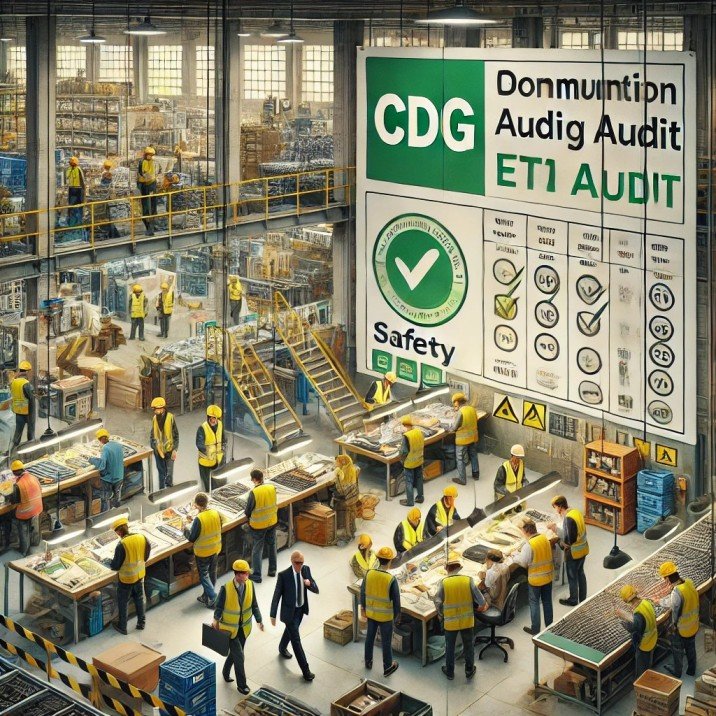Are Follow-Up Audits Necessary for ETI? Ensuring Continuous Compliance and Improvement
In today’s global market, businesses are increasingly held accountable for their ethical practices, especially regarding labor rights, workplace conditions, and environmental impact. The Ethical Trade Initiative (ETI) audit is a powerful tool that helps companies assess and improve their adherence to ethical standards. However, one critical question often arises: Are follow-up audits necessary for ETI compliance?
At CDG, we provide comprehensive ETI audit services, including follow-up audits that help ensure companies not only meet but sustain ethical standards over time. In this blog post, we’ll explore the importance of follow-up audits in the ETI process, discuss when and why they are necessary, and provide practical tips on how to prepare for them effectively.
Introduction: The Role of Follow-Up Audits in Ethical Compliance
An initial ETI audit provides a snapshot of a company’s compliance with the ETI Base Code, which sets out internationally recognized labor standards. While passing the initial audit is a significant achievement, it’s only the beginning of a company’s journey towards sustained ethical compliance. Follow-up audits play a crucial role in ensuring that any issues identified in the initial audit are addressed and that the company continues to adhere to the ETI standards over time.
Follow-up audits are not just about checking off boxes; they are about continuous improvement, risk management, and building trust with stakeholders. By understanding the purpose and benefits of follow-up audits, companies can better prepare and position themselves as leaders in ethical trade.
Why Follow-Up Audits Are Necessary for ETI Compliance
Follow-up audits are essential for several reasons, from verifying the effectiveness of corrective actions to ensuring long-term compliance with ethical standards. Here’s why they are a necessary component of the ETI audit process:
1. Verification of Corrective Actions
One of the primary reasons for conducting follow-up audits is to verify that the corrective actions recommended after the initial audit have been effectively implemented. The initial audit may identify areas of non-compliance or areas for improvement, and it’s crucial to ensure these issues have been addressed.
- Ensuring Effectiveness: A follow-up audit checks whether the corrective actions have successfully resolved the issues identified in the initial audit. This step is essential to confirm that the company has taken the necessary steps to align with the ETI Base Code.
- Avoiding Recurrence: Follow-up audits also help ensure that the issues do not recur. By monitoring the long-term effectiveness of corrective actions, companies can prevent future non-compliance.
Example: If an initial ETI audit finds that a manufacturing plant has inadequate safety equipment, a follow-up audit would verify that the company has purchased and distributed the necessary safety gear and that workers are now using it properly.
2. Continuous Improvement and Risk Management
Ethical compliance is not a one-time event but an ongoing process. Follow-up audits are crucial for continuous improvement, helping companies to not only meet the minimum standards but to strive for excellence in their ethical practices.
- Ongoing Monitoring: Regular follow-up audits allow companies to monitor their progress in implementing ethical practices and to make continuous improvements. This proactive approach helps in identifying and mitigating risks before they become significant issues.
- Adapting to Changes: As regulations, industry standards, and company operations evolve, follow-up audits help ensure that the company’s practices remain compliant with current expectations.
Practical Tip: Schedule regular follow-up audits as part of your company’s continuous improvement strategy. This approach helps to maintain high ethical standards and adapt to any changes in the regulatory environment.
3. Building Trust with Stakeholders
Follow-up audits play a key role in building and maintaining trust with stakeholders, including customers, investors, and business partners. By demonstrating a commitment to ongoing ethical compliance, companies can strengthen their reputation and build long-term relationships with stakeholders who value ethical practices.
- Transparency and Accountability: Conducting follow-up audits and sharing the results with stakeholders shows transparency and accountability. It reassures stakeholders that the company is serious about maintaining ethical standards and is taking active steps to improve.
- Meeting Stakeholder Expectations: Many stakeholders, especially large corporations and investors, require their partners and suppliers to undergo regular audits as part of their ethical sourcing policies. Follow-up audits help meet these expectations and maintain valuable business relationships.
Real-World Application: A retail company that sources products from various suppliers may require follow-up audits to ensure that all suppliers continue to meet ethical standards. This practice not only protects the company’s reputation but also assures customers that the products they purchase are ethically sourced.
When Should Follow-Up Audits Be Conducted?
The timing of follow-up audits depends on several factors, including the findings of the initial audit, the complexity of the issues identified, and the company’s industry. Here’s how to determine when a follow-up audit is necessary:
1. Based on Initial Audit Findings
If the initial audit identifies significant areas of non-compliance, a follow-up audit should be scheduled soon after the corrective actions have been implemented. The timing will depend on the complexity of the issues and the time required to address them.
- Serious Non-Compliance: For serious issues, such as violations of labor rights or safety standards, a follow-up audit may be necessary within a few months to ensure that the problems have been resolved promptly.
- Minor Issues: For less severe issues, a follow-up audit may be scheduled further out, allowing the company time to make the necessary improvements.
Example: If an ETI audit finds that a supplier is not paying minimum wages, a follow-up audit might be scheduled within three to six months to verify that wage adjustments have been made.
2. Regular Monitoring and Compliance Checks
Even if the initial audit results are satisfactory, regular follow-up audits should be part of an ongoing compliance strategy. These audits help ensure that the company continues to meet ethical standards over time.
- Annual or Biannual Audits: Many companies choose to schedule follow-up audits annually or biannually as part of their regular compliance checks. This approach helps identify any emerging issues and ensures continuous adherence to the ETI Base Code.
- As Needed: In some cases, follow-up audits may be triggered by changes in regulations, company operations, or stakeholder requirements. Staying flexible and responsive to these changes is key to maintaining compliance.
Practical Tip: Establish a regular audit schedule that includes both full-scope and follow-up audits. This approach helps maintain consistency in compliance and keeps your company prepared for any external reviews.
Preparing for a Follow-Up Audit: Best Practices
To ensure a successful follow-up audit, preparation is key. Here are some best practices to help your company get ready:
1. Review the Initial Audit Report
Start by reviewing the findings of the initial audit and the corrective actions that were recommended. Ensure that these actions have been fully implemented and that any documentation related to these actions is readily available.
- Documentation: Gather all relevant documentation that demonstrates the corrective actions taken, such as updated policies, training records, or new safety protocols.
- Team Preparation: Ensure that your team is aware of the follow-up audit and understands the importance of the changes made. This preparation will help them provide accurate information to the auditors.
Example: A company that was required to improve its worker training programs should prepare training logs, attendance records, and updated training materials for the follow-up audit.
2. Conduct an Internal Audit
Before the follow-up audit, consider conducting an internal audit to identify any remaining issues or areas that may need further improvement. This step can help catch any potential problems before the external auditors arrive.
- Internal Checklists: Use the same criteria and checklists that the external auditors will use to ensure that all aspects of compliance are covered.
- Addressing Gaps: If the internal audit identifies any gaps, take immediate steps to address them before the follow-up audit.
Practical Tip: Involve employees in the internal audit process to get a comprehensive view of the company’s practices and ensure that all areas of compliance are thoroughly reviewed.
The Value of Follow-Up Audits in Sustaining ETI Compliance
Follow-up audits are not just an optional extra; they are a necessary component of maintaining and improving ETI compliance. By verifying corrective actions, supporting continuous improvement, and building trust with stakeholders, follow-up audits help companies ensure that their commitment to ethical trade is more than just a one-time achievement.



